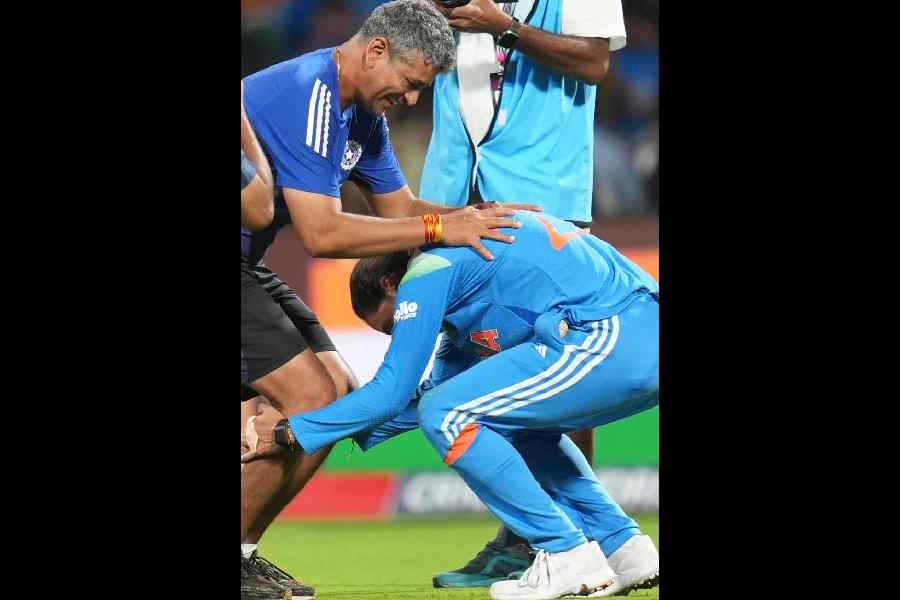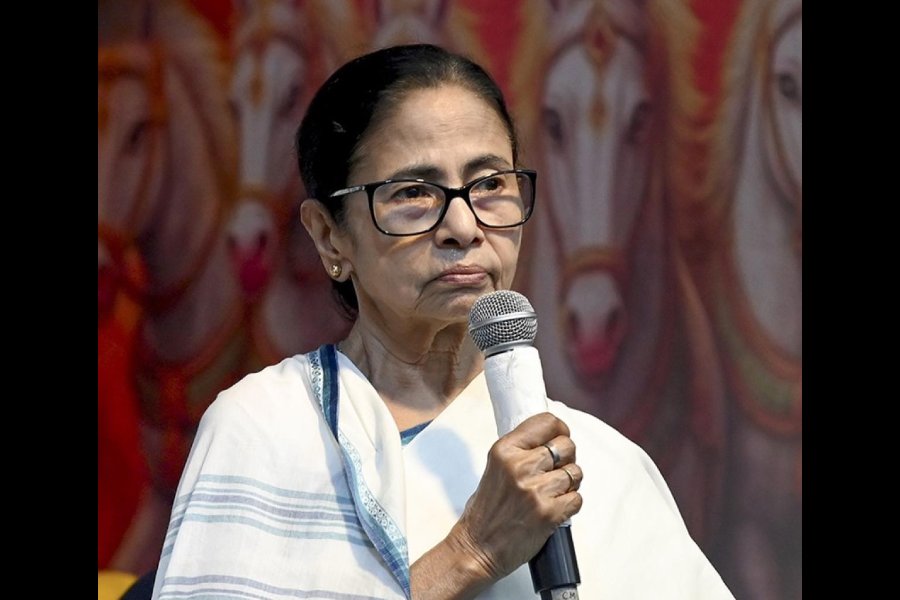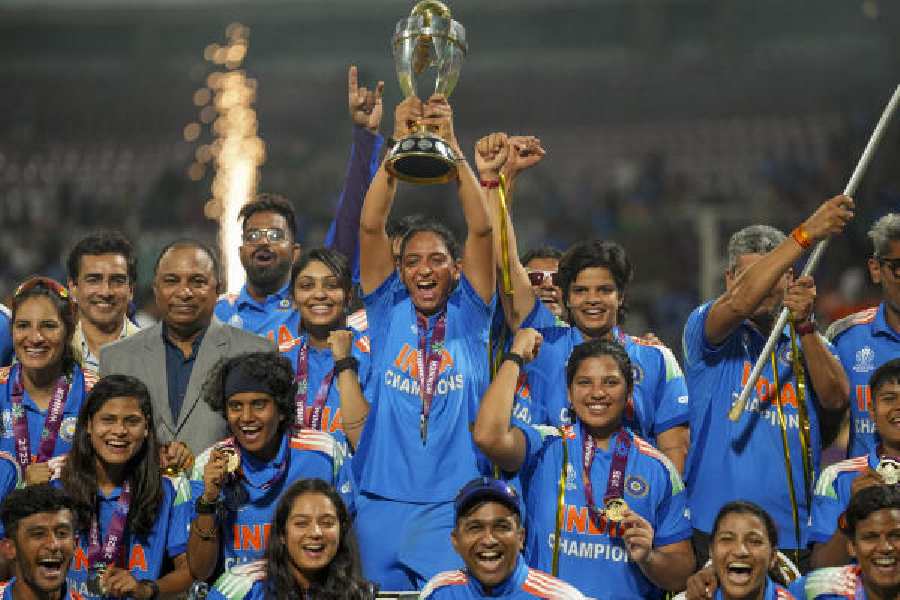 |
New Delhi, Aug. 27: An evaluation error in this year’s IIT Joint Entrance Examination math paper has slipped through undetected, possibly robbing thousands of students of crucial marks.
IIT Bombay math professor Kapil Dattatraya Joshi has complained that students who ticked the right answer to a multiple-choice question were denied marks and those who didn’t awarded them.
The question carried four marks — a score capable by itself of taking students to within a mark of the math subject cut-off of five. Only on clearing subject cut-offs are students eligible to be considered for IIT seats.
The results this year also revealed that math scores of around 6,700 general category students selected were separated by just 87 marks — translating into an average of 77 students on every mark between the topper and the last entrant.
For those selected, four marks, on an average, would mean a rank jump of over 300, enough to secure them a more popular stream of engineering than the one offered. Nearly 320,000 students appeared for around 7,500 seats in the IITs this year.
IIT administrators privately conceded they may have erred. Officially, the IITs said it was “too late” to correct the mistake.
“I have received Professor Joshi’s complaint. But it is now too late to do anything. JEE 2008 is over,” N.M. Bhandari, chairman of JEE 2008, told The Telegraph.
The IITs publicly disclosed the model answers to their question papers on the JEE website on August 1, three months after the exam.
Joshi, who has taught at IIT Bombay since 1972 and has helped organise the JEE on several occasions, said he had “almost immediately” written to IIT Roorkee, the organisers of JEE 2008.
“I am not an aggrieved party. Nor am I interested in indicting anyone in particular. I was just shocked to see that such an error had gone undetected. For us at the IITs, the exam means extra work. But for the students who appear, the exam is a gateway to their dreams,” Joshi said from Mumbai.
Despite a rigorous paper-setting procedure, errors have squeezed their way into question papers or in model answers earlier also.
But the errors were “always” identified before the final merit list of successful students was announced, another former JEE chairman said.
In these cases, the IITs rectified their error by awarding marks to all students who had attempted that question.
“This is the first time, to the best of my knowledge, when an error has been detected this late,” the former chairman said.
Two teams of faculty members independently set question papers for the JEE. Within a team, each member is independently expected to solve the entire paper, to identify any errors in the questions or in the model answers. Once any mistakes identified are ironed out, the papers are sealed and sent to the IIT organising the JEE.
The chairman, JEE, then randomly picks one of the two papers drafted. This paper is then sent for printing.











